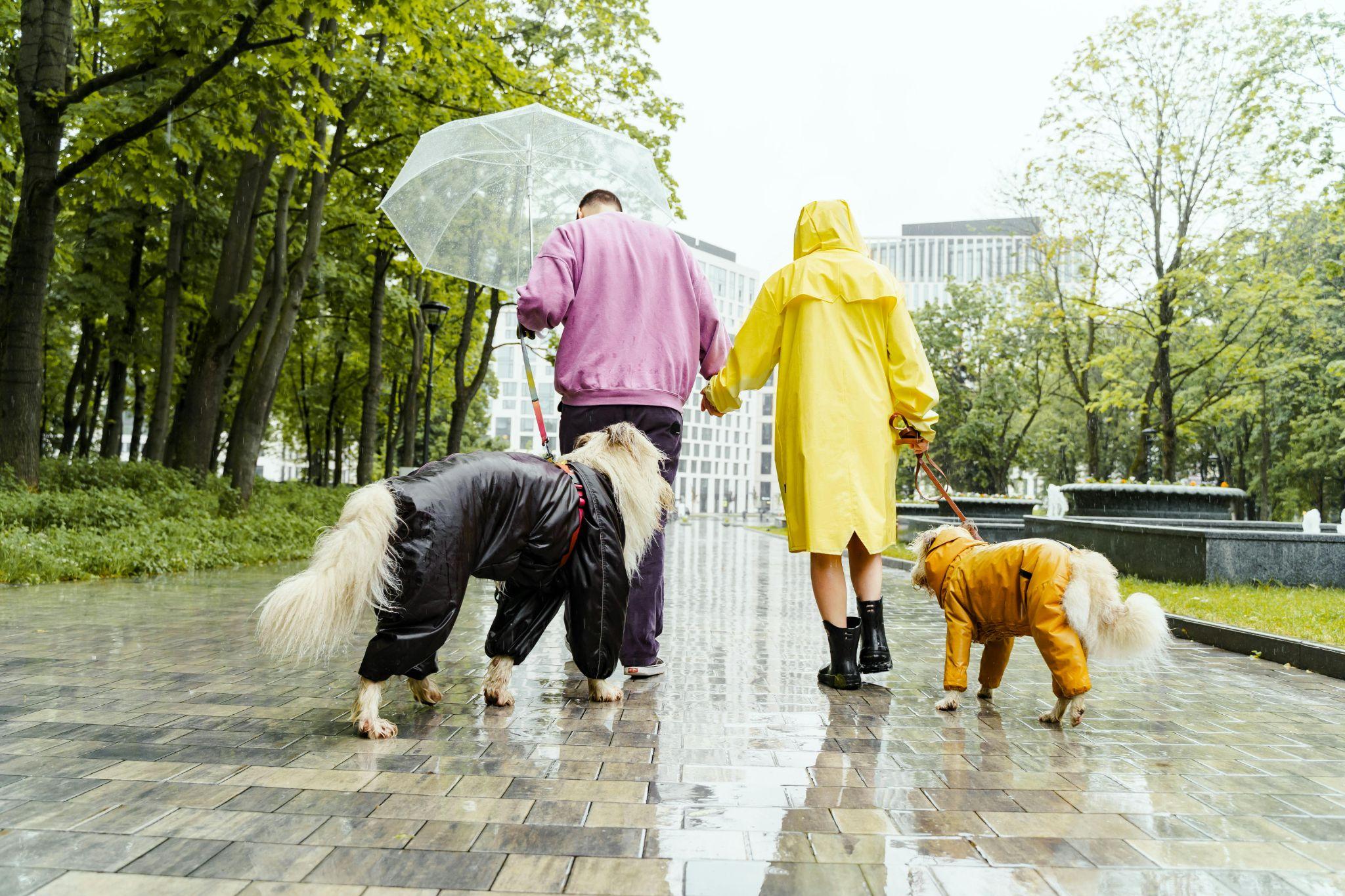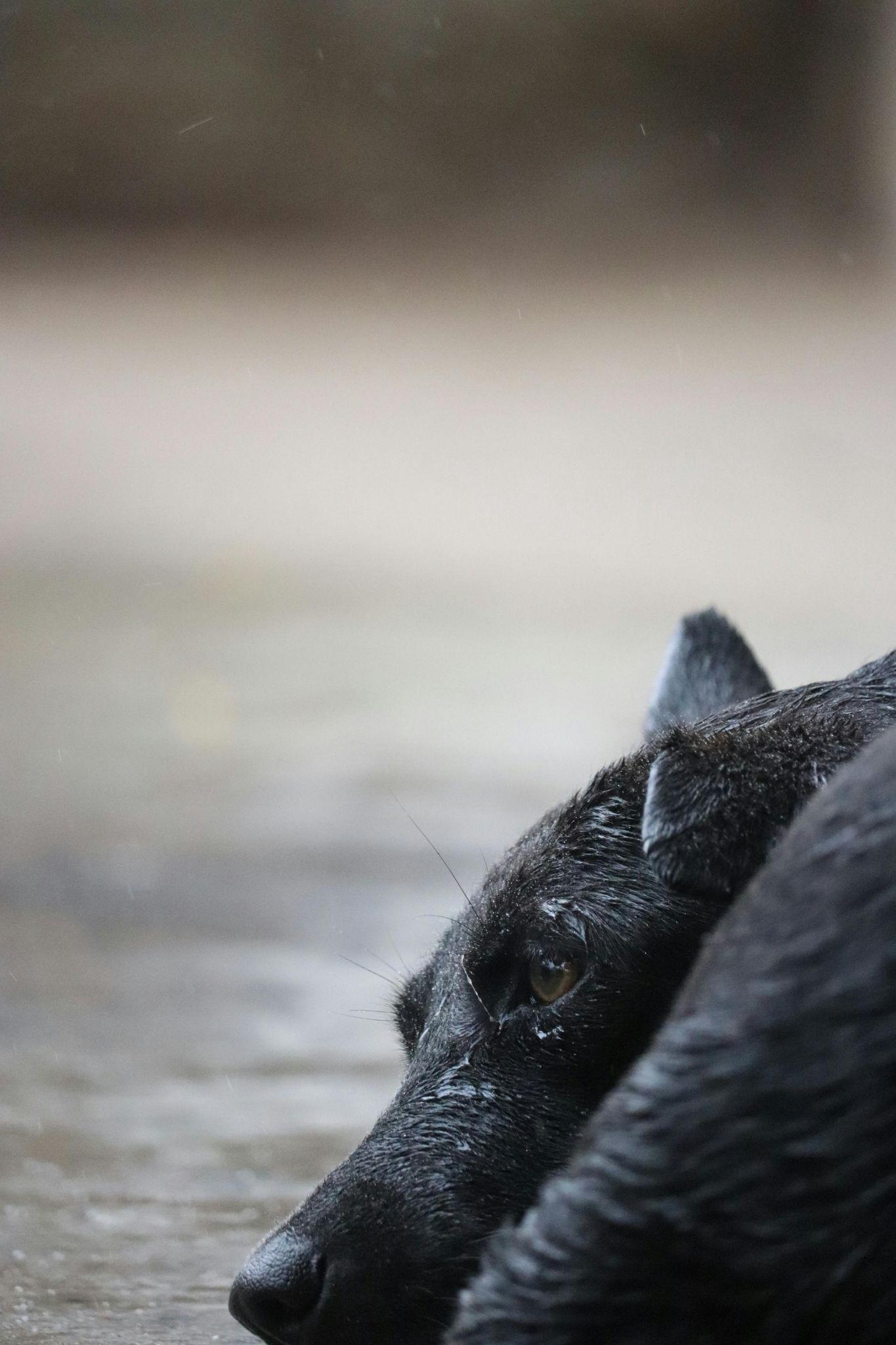How to Safeguard Your Pet During Natural Disasters
Natural disasters can strike at any moment, often without warning, putting our furry companions at risk. From hurricanes and floods to wildfires and earthquakes, ensuring the safety of your pets during these emergencies requires careful planning and preparation. In this article, we will explore effective strategies for safeguarding your pets in emergencies, ensuring that they remain safe, comfortable, and secure when disaster strikes.
Understanding the Risks: The Importance of Pet Safety During Natural Disasters
Before diving into specific preparation strategies, it is crucial to recognize the various natural disasters that can affect pets. Understanding the risks associated with each type of disaster will help you plan more effectively. https://truepetslove.com/product/midwest-homes-for-pets/
Common Natural Disasters Affecting Pets
- Hurricanes: High winds and flooding can endanger pets left outdoors.
- Floods: Rising water levels can trap pets in homes, posing drowning risks.
- Wildfires: Smoke and flames can quickly spread, threatening pets in their homes.
- Earthquakes: Sudden movements can cause structures to collapse, posing immediate danger to pets.
- Tornadoes: These violent storms can cause significant destruction and injury to pets.
Recognizing these risks is the first step in preparing for a natural disaster and ensuring the safety of your pets.
Preparing Your Pet for Natural Disasters
Preparation is key to safeguarding pets in emergencies. Below are essential steps to help ensure your pet’s safety during a natural disaster.
Create a Pet Emergency Kit
Every household should have an emergency kit ready to go at a moment’s notice. Here are the essential items to include in your pet’s emergency kit:
- Food and Water: Pack at least three days’ worth of pet food and bottled water.
- Collar and Leash: Ensure your pet wears a secure collar with identification tags.
- Microchip Information: Consider microchipping your pet for easy identification if they get lost.
- First Aid Kit: Include basic first-aid supplies like bandages, antiseptics, and any necessary medications.
- Comfort Items: Pack a favorite toy, blanket, or bed to help comfort your pet during stressful times.
- Pet Carrier: Use a sturdy, well-ventilated carrier for transporting your pet safely.
Identify Safe Locations
Knowing where to go in case of an emergency can make all the difference. Consider the following:
- Emergency Shelters: Research local emergency shelters that accept pets. Many shelters do not allow pets, so it’s essential to find those that do.
- Friends and Family: Identify friends or family members who can take you and your pets in during emergencies.
- Veterinary Clinics: Some veterinary clinics offer boarding services during natural disasters.

Make a Pet Emergency Plan
Creating a comprehensive emergency plan ensures everyone in your household knows what to do during a natural disaster. Include the following elements in your plan:
- Communication: Establish a communication plan for your family members and include a pet care plan in case you’re separated.
- Evacuation Routes: Identify multiple evacuation routes and practice them with your pet.
- Regular Drills: Conduct regular drills to help your pet get accustomed to your emergency plan.
Training Your Pet for Emergencies
Training your pet to remain calm during emergencies can significantly improve their safety. Here are some techniques to help with this:
Socialization
Expose your pet to different environments and people to reduce anxiety during stressful situations. Socializing your pet can help them feel more comfortable when faced with unexpected challenges.
Basic Commands
Teach your pet basic commands such as “sit,” “stay,” and “come.” These commands can be crucial in emergencies, allowing you to maintain control over your pet.
Desensitization
Help your pet become accustomed to loud noises (such as thunder or sirens) by gradually exposing them to these sounds in a controlled manner. Use treats and positive reinforcement to create positive associations with these sounds. https://truepetslove.com/product/tomxcute-cat-water-fountain/
During a Natural Disaster: Keeping Your Pet Safe
When a natural disaster occurs, immediate action is necessary to ensure your pet’s safety. Here are some tips for navigating these situations effectively:
Stay Informed
- Weather Alerts: Monitor local news and weather channels for updates and alerts.
- Emergency Services: Stay in touch with local emergency services for instructions and guidelines.
Keep Your Pet Secure
- Leash and Collar: Always keep your pet on a leash or in a carrier during emergencies to prevent them from running away.
- Safe Spaces: Create a designated safe space in your home where your pet can retreat during stressful events. This could be a small room with their bed and toys.
Evacuation Procedures
If you must evacuate, follow these steps:
- Take Your Pet: Never leave your pet behind, even if you’re told to evacuate quickly.
- Use Pet Carriers: If possible, use a pet carrier to transport your pet safely.
- Check Local Resources: Before leaving, check local resources for pet-friendly shelters or accommodations.
What to Do If You’re Separated
In case you become separated from your pet during a disaster:
- Alert Authorities: Notify local animal control or shelters about your lost pet.
- Use Social Media: Share information about your lost pet on social media platforms to increase visibility.
- Flyers: Create flyers with your pet’s picture and your contact information to distribute in your neighborhood. https://truepetslove.com/
The Importance of Planning for Your Pet’s Safety
Safeguarding your pet during natural disasters requires proactive planning and preparation. By creating a pet emergency kit, identifying safe locations, training your pet, and staying informed, you can significantly reduce the risks they face during emergencies. Remember, the safety of pets during natural disasters is not just about having supplies; it’s about creating a comprehensive plan that ensures your furry family members are secure and cared for.
In conclusion, preparing pets for natural disasters is essential for their safety and your peace of mind. When the unexpected happens, being ready can make all the difference. Take the time today to implement these strategies and ensure your beloved pets are safe and sound when it matters most.
